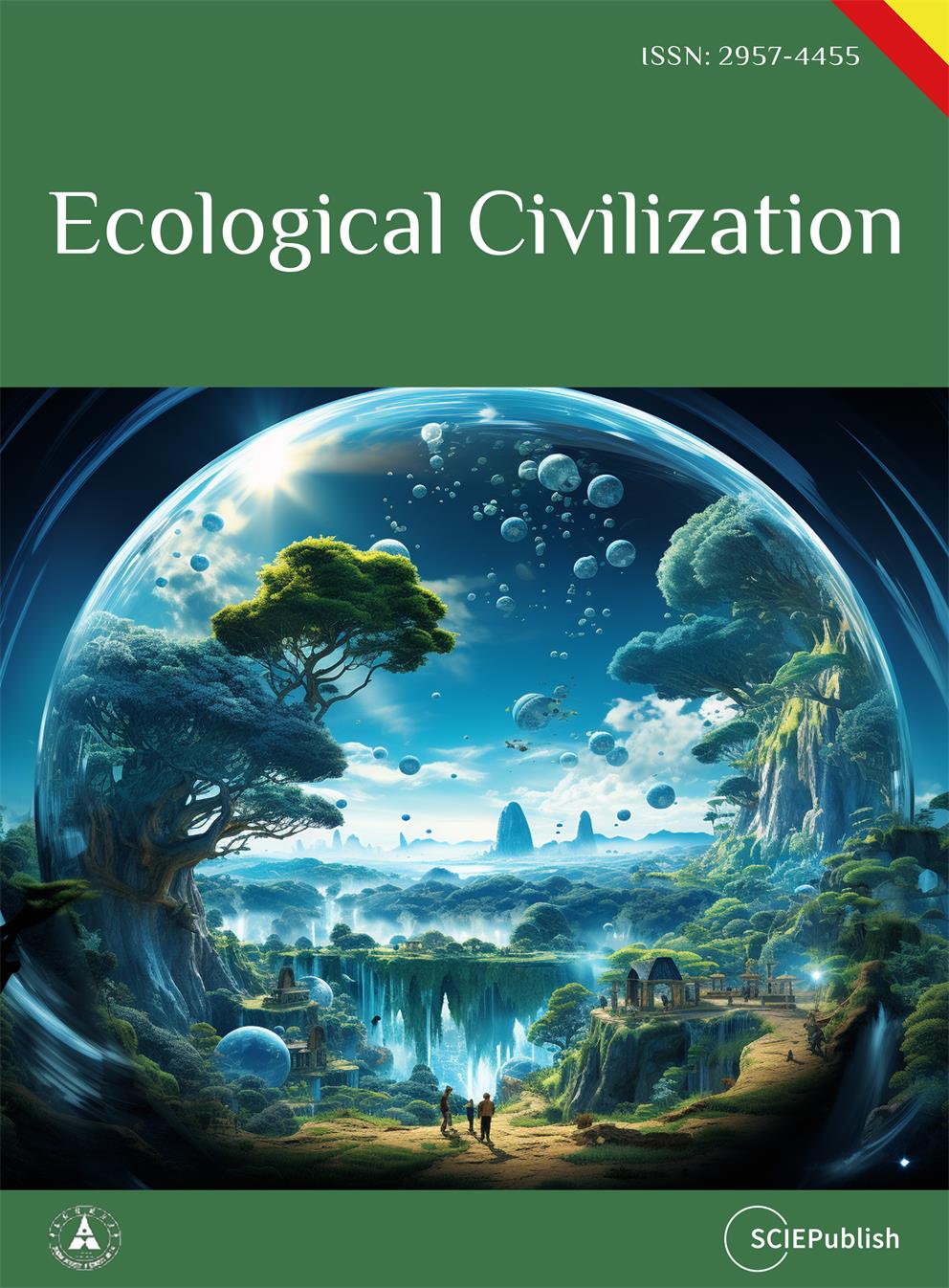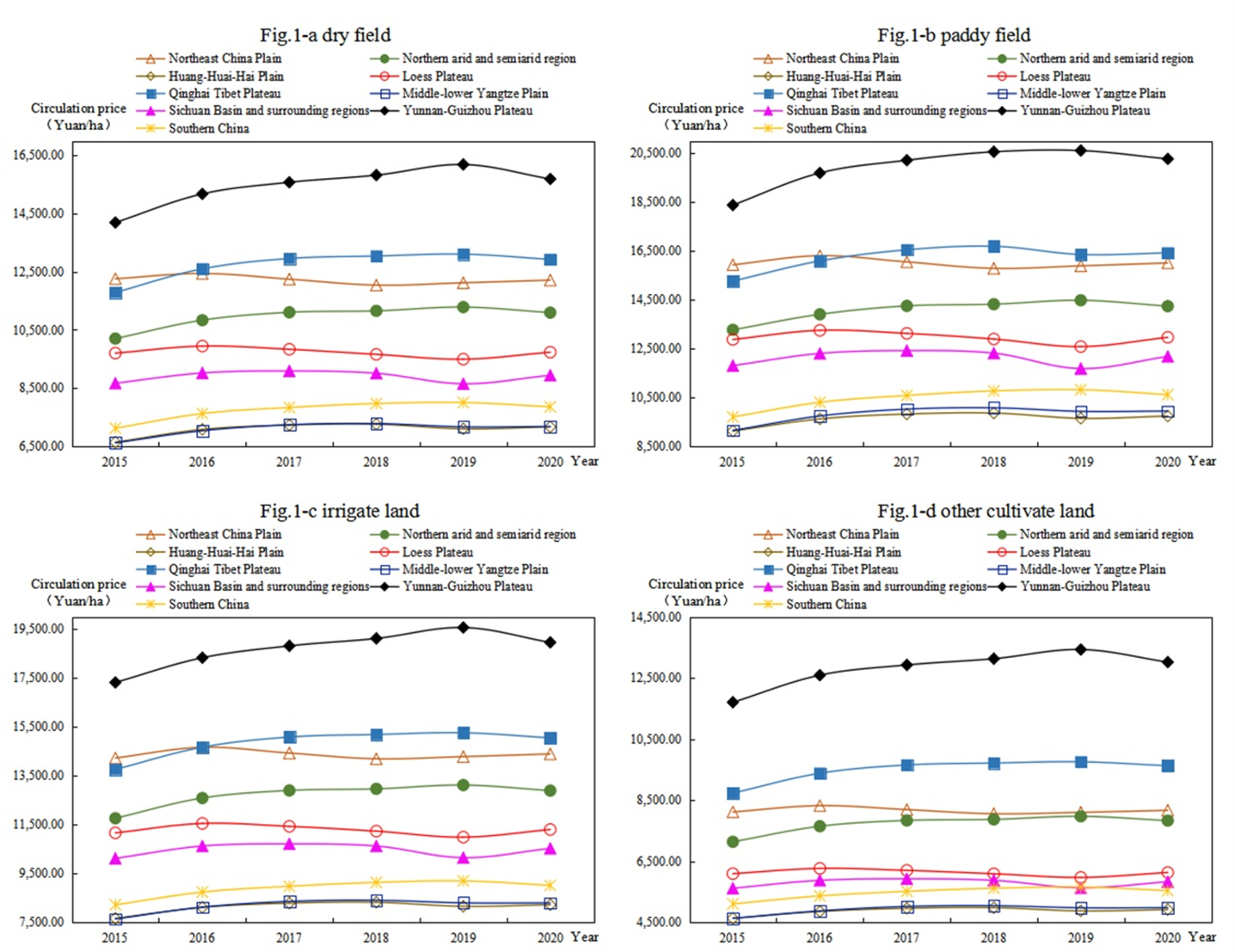Found 297 results
Article
15 August 2023Thermal and Economic Evaluations of a Drain Water Heat Recovery Device under Transient Conditions
This study explores the transient characteristics of a drain water heat recovery (DWHR) device employed for heat recovery from warm grey water in buildings. Experimental measurements were conducted to investigate the response time of the DWHR device under various flow conditions. The thermal performance of the system was assessed using both transient and steady-state effectiveness analyses. The findings reveal that the response time is influenced by the water volume within the system, with an increase observed, and by the water flow rate, which leads to a decrease in response time. Additionally, a decrease in effectiveness is noted when hot water is used in short and frequent intervals. Furthermore, an economic analysis demonstrates that considering the transient behavior of the device results in a significant overall decrease of 37% in annual savings. Specifically, the usage of sinks exhibits a reduction in annual savings by 56%, while showers show a decrease of 13% in annual savings.

Article
08 August 2023Where Do Chinese Doublets Come From?—The Doublets from Prehistory to the Era of the Book of Poetry
The earliest writing in China is the oracle bone inscriptions of the Shang Dynasty, which records early Chinese, also known as oracle bone Chinese, which are all monosyllabic-words (1300 BC). In the Bronze Inscriptions of the Western Zhou Dynasty and later handed down documents, doublets appear (beginning in 1046 BC). At present, the philological academy believes that the doublets recorded with two Chinese single-characters come from reduplication of two single-character symbols, but there is no complete argument and reliable evidence. This article, by using the opposite method of argument, reversely assumes that the single-characters (monosyllabic words) come from doublets and tries to demonstrate it. The article proves the truth of the origin of doublets based on the word distribution and semantic correspondence between doublets and single-characters in “the Book of Poetry”, that is, doublets are the source and single-characters are flows. Among them, 39.66% of the doublets have no corresponding single-characters, and they are the characters created to record doublets; 41.92% of the meanings of doublets have nothing to do with the meanings of single-characters, which proves that the doublets does not come from the combination of single-characters; 12.46% of the meanings of doublets are interpreted as the meanings of single-characters, which are the subjective errors of later generations of interpreters; the remaining 5.66% are only associated with proclitics and enclitics rather than single-characters. Finally, the article proposes that doublets originate from a unique mechanism of expressive morphology, which is a new type of etymological theory outside the morphological grammar system, and can create various polysyllabic ideophones, including the onomatopoeia or mimetic words. The article proves that a language begins with the creation of words. In the prehistoric period before the oracle bone inscriptions, Chinese ancestors had invented a large number of distinctive doublets (AA), couplets (AB) and other polysyllabic words (xA, or ABB, ABA’B), or ideophones. Due to the difficulty of writing, the doublets were hidden in spoken language for hundreds of years. It was not until the time of “Book of Poetry” and “Book of History” in the bronze inscriptions of the Western Zhou Dynasty that it entered the history and has continued to this day. Doublets are the earliest Chinese words and the beginning of Chinese civilization.

Editorial
28 July 2023
Review
28 July 2023Challenging Post-translational Modifications in the Cell-free Protein Synthesis System
Post-translational modifications (PTMs) represent a cornerstone in the complexity of the proteome, significantly contributing to diversifying protein structure and function. PTMs can considerably influence protein function, stability, localization, and interactions with other molecules. Therefore, it is important when choosing a protein expression system to ensure the precise incorporation of PTMs during protein synthesis, which is paramount for producing biologically active proteins. The cell-free protein synthesis (CFPS) system has emerged as a powerful protein synthesis platform and research toolkit in synthetic biology. The open nature of the system allows the reaction environment to be tailored to any protein of interest to promote specific PTMs, thus allowing for the production of a protein with desired modifications. This review presents various PTMs achieved in the CFPS systems, providing insights into current challenges, successes, and future prospects.

Article
19 July 2023Hydroxybenzoic Acid Production Using Metabolically Engineered Corynebacterium glutamicum
Hydroxybenzoic acids (HBAs), including 4-HBA, 3-HBA, and 2-HBA, are valuable platform chemicals for production of commodity materials and fine chemicals. Herein, we employed metabolic engineering techniques to enhance the production of these HBAs in Corynebacterium glutamicum ATCC 13032. Our approach augmented the shikimate pathway and eliminated genes associated with HBA degradation, particularly phenol 2-monooxygenase encoded by cg2966. Increased titers of 3-HBA and 4-HBA were achieved via selection of suitable promoters for 3-hydroxybenzoate synthase and chorismate pyruvate lyase. A tac-M1 promoter was suitable for chorismate pyruvate lyase expression and 8.3 g/L of 4-HBA production was achieved. Efficient production of 2-HBA was enabled by maintaining a balanced expression of isochorismate synthase and isochorismate pyruvate lyase. Consequently, strains KSD5-tacM1-H and KSD5-J2-PE exhibited production levels of 19.2 g/L of 3-HBA and 12.9 g/L of 2-HBA, respectively, using 1 L jar fermenter containing 80 g/L of glucose. Therefore, this engineered strain platform holds significant potential for production of other valuable products derived from chorismate.

Article
05 July 2023Photocatalytic Efficiency of Suspended and Immobilized TiO2 P25 for Removing Myclobutanil, Penconazole and Their Commercial Formulations
Fungicide application in viticulture is a major source of surface and groundwater contamination. It is therefore essential to find solutions to stop this environmental pollution. Heterogeneous photocatalysis is an advanced oxidation method for the degradation and mineralization of organic pollutants in water. TiO2 P25 photocatalyst in suspension has been used for removing the fungicides Myclobutanil and Penconazol, and their respective commercial formulations Systhane and Topas, in contaminated water. The apparent kinetic constants kapp of fungicides removal over 30 min batch treatment was higher for a mixture of pure molecules of Myclobutanil and Penconazol than for a mixture of their commercial formulations (17.5 × 10−3 by comparison with 10.3 × 10−3 min−1 for Myclobutanil, and 10.0 × 10−3 by comparison with 2.80 × 10−3 min−1 for Penconazol). TOC removal constants kTOC were similar for the two mixtures, due to the presence of mineral and organic additives in the commercial formulations. To easily recover the photocatalyst after fungicide removal, TiO2 P25 has been supported on β-SiC foam. Fungicides degradation was lower with supported photocatalysts than with the suspension of photocatalyst nanoparticles (NPs) because of a lower concentration of active sites on the supported photocatalyst than in the catalyst suspension. However, catalyst recovery and reuse after fungicide removal is obviously easier with TiO2/β-SiC material than with a suspension of TiO2 which requires long and expensive filtration operations.

Article
14 June 2023Spatio-temporal Evolution and Influencing Factors of Farmland Circulation Price at the County Level in China
Farmland circulation is an important way to achieve moderate scale operation to ensure food security. Based on the spatial analysis and spatial econometric model, this paper studies the spatial-temporal evolution and influencing factors of cultivated land transfer price at the county level in China from 2015 to 2020. The results revealed the following: (1) the circulation price of farmland generally shows paddy field > irrigated land > dry land > other cultivated land. The farmland circulation price in Huang-Huai-Hai Plain is always the highest, whereas that in Qinghai–Tibet Plateau is always the lowest. (2) The spatial pattern of farmland circulation price is high in the south and low in the north, presenting an inverted U-shaped structure from east to west in 2015, and high in the east and low in the west, presenting an inverted U-shaped structure from north to south in 2020. Moreover, the spatial agglomeration was enhanced. (3) With the development of land market and urbanization, the restriction of natural factors of cultivated land on the farmland circulation price weakens, while the socio-economic attribute of cultivated land constantly strengthens. Based on the results, this paper puts forward some suggestions to prevent the overcapitalization of land.

Perspective
12 June 2023Encounter between Present Female Characters and Neolithic Inscribed Symbols Prior to Oracle-bone Inscriptions
Inscribed symbols of Neolithic Age were sometimes suspected to be initial writing prior to developed writing system. The earliest developed writing system in China was Oracle-bone inscriptions (OBIs) of Bronze Age and researchers have long sought its predecessor. Here, we reported that two continuous symbols on a stone ax of Neolithic Liangzhu culture found their identical duplicates in a unique writing system on brocade belts woven by present women in Shanghai suburb. Women in this group duplicated the hereditary text for weddings only once each generation in the past, and they can still interpret these two characters, implying that the two identical Liangzhu symbols may have the similar meanings. The meanings and patterns are both similar to those in OBIs, suggesting that Liangzhu symbols might be one of the predecessors of OBIs. Integrating philology, genetics, linguistics, and folklore, we discussed that special small population may inherit both the genetic structure and convert culture for extremely long time, such as this population in southern Shanghai.

Article
31 May 2023Nitrogen-controlled Valorization of Xylose-derived Compounds by Metabolically Engineered Corynebacterium glutamicum
The implementation of bioprocesses in an economically feasible and industrial competitive manner requires the optimal allocation of resources for a balanced distribution between biomass formation and product synthesis. The decoupling of growth and production in two-stage bioprocesses, aiming to ensure sufficient growth before the onset of production, is particularly relevant when target products inhibit growth. In order to avoid expensive inducer molecules, continuing process monitoring, elaborate individual process optimization, and strain engineering, we developed and applied nitrogen deprivation-induced expression of genes for product biosynthesis. Two native nitrogen deprivation-inducible promoters were identified and shown to function for dynamic growth-decoupled gene expression or CRISPRi-mediated gene knockdown in C. glutamicum with superior induction factors than the standard IPTG-inducible Ptrc promoter. Valorization of xylose to produce either the sugar acid xylonic acid or the sugar alcohol xylitol from xylose as sole source of carbon and energy was demonstrated. Competitive titers of up to 34 g·L−1 xylonate and 13 g·L−1 xylitol were achieved in two-stage processes. We discussed that the transfer to bioprocesses with C. glutamicum using carbon sources other than xylose appears straightforward in particular regarding production of growth-inhibitory compounds by their growth-decoupled fermentative production.

Article
22 May 2023Fed-batch Self-regulated Fermentation of Glucose to Co-produce Glycerol and 1,3-propanediol by Recombinant Escherichia coli
As important bio-chemicals, glycerol and 1,3-propanediol (1,3-PDO) have been widely used in numerous fields, e.g., polymers, cosmetics, foods, lubricants, medicines, and so on. Bio-based 1,3-PDO is generally produced from glycerol or glucose by natural or recombinant strains, during which organic acids are always co-produced. In this work, acetic acid was also co-produced when 1,3-PDO was obtained from glucose by a recombinant strain of E. coli MG1655. Usually, a base was added to adjust the fermentation pH, resulting in the accumulation of organic salts and difficulty in the next down streaming process. Herein, a novel strategy was developed to consume the produced acetic acid by cells self in fed-batch self-regulated fermentation. The recombinant E. coli cells produced 48.33 g/L glycerol and 61.27 g/L 1,3-PDO with a total mass yield of 45.6% and without any other byproducts at the end of 5 fed-batch fermentations. The initial buffer pH, glucose concentration, pulse feeding sugar amount, time for a single batch fermentation and reducing acid were investigated by a series of comparative experiments. This fed-batch self-regulated fermentation has potential for the co-production of 1,3-PDO and glycerol, and will highlight the subsequent modification of recombinant E. coli strain by synthetic biology.
